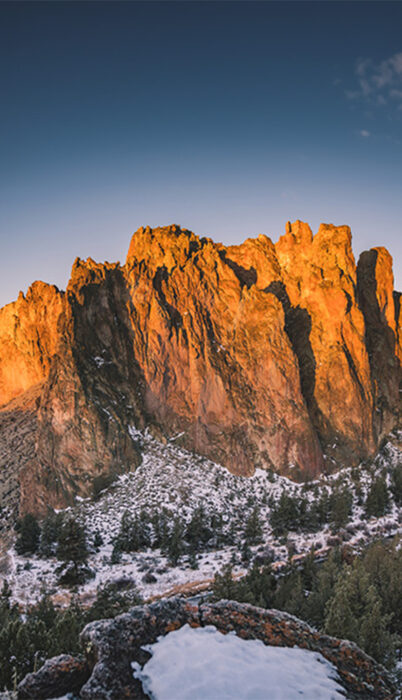
Inspiring winter hikes in Central Oregon
December 26, 2023
10 minute readOregon’s Central Cascade Wilderness areas are brimming with volcanic peaks, alpine meadows, streams, secluded lakes, and old growth forests. Prepare to be amazed by the stunning mountain views, incredible wildlife, vibrant wildflowers, and countless other breathtaking wonders that await you in the Mount Jefferson, Mount Washington, and Three Sisters Wilderness areas.
With so much stellar wilderness to explore and so many people ready to go explore, the wilderness permit system was established to ensure the protection of these landscapes now and into the future.
So grab your guidebooks, start requesting those days off, and let’s dive into what you need to know about the Central Cascades Wilderness permit system.
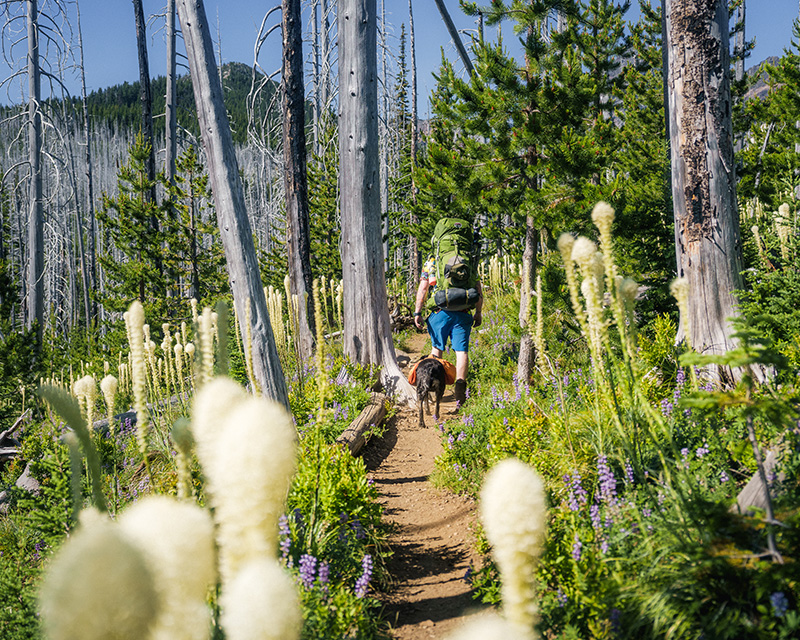
What types of permits are available?
There are two types: day use and overnight use.
When do I need one of these permits?
Central Cascades Wilderness Permits are required for many popular trails and overnight backpacking trips that take place between June 15 and October 15. Free, self-issue permits are available at the trailheads for recreating outside of those dates.
Where am I required to have a permit?
Select areas of the Three Sisters Wilderness, Mount Washington Wilderness, and Mount Jefferson Wilderness considered most vulnerable to overuse are subject to the permit system.
How do I get a hold of one of these permits?
All Central Cascades Wilderness Permits are only available by reservation through Recreation.gov. You can reserve online, with their app, or go old-school and call them at 877-444-6777. And, just a heads up, you can not get permits at the Forest Service Offices.
How much do I have to spend?
The only cost for the permits is the reservation fee charged by recreation.gov.
These fees are non-refundable. Unless the Forest Services closes the area.
What’s the availability like?
Good question! If you’re looking to score some overnight permits, here’s the deal: April 2, 2024, around 40% of overnight permits for each day of the season will be up for grabs. Once the permit season kicks off, the remaining 60% of overnight permits will be released on a rolling 7-day basis.
For day use permits, full-season advanced reservations are not available. Instead, you can snag those permits on a 10-day or 2-day rolling basis. About 40% of the permit quota will be up for grabs 10 days before your trip, and the rest of the 60% will be released just 2 days prior.
Say what? Let’s break this down with an example…
Previously, you could reserve a day use permit further in advance, but changes were made due to the high amount of “no-shows.” Thank you so much to the Forest Service for ditching the old rules and giving us all a better opportunity to grab a permit.
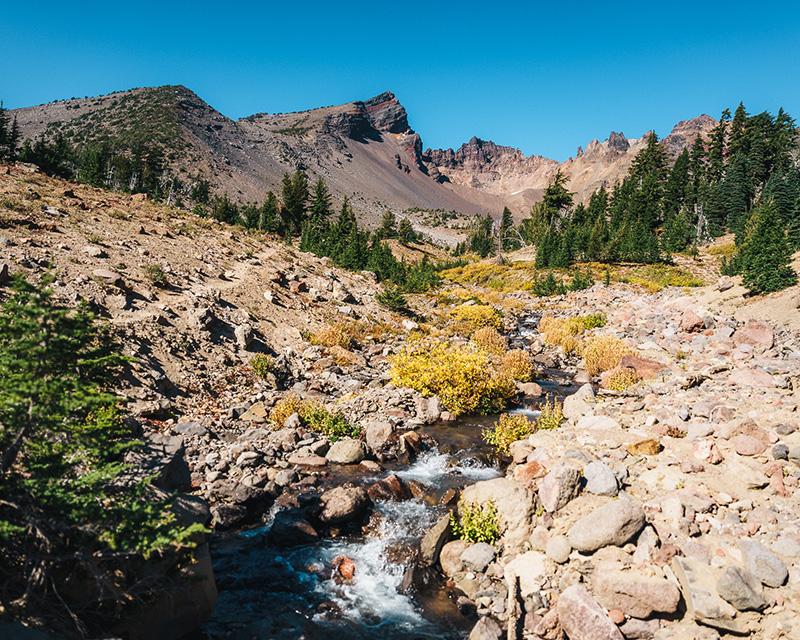
Sweet, I nabbed a permit; what do I do with it?
The Central Cascades Wilderness Permit system requires you to keep your permit on your person. If you’re stopped by a ranger along the trail, you’ll need to show your permit.
Heads up, the permit system doesn’t replace your Northwest Forest Pass or any other permit you might need to access a specific area. So, make sure you have all the required permits.
I wasn’t able to get a permit and really want to get out there; what do I do?
Here are three tips so you can still get out on the trails:
No matter how you do it, put together a nice, long list of hikes. That way, if your first choice doesn’t work out, you can easily move on to the next adventure.
I really want to hike my buns off this summer. Is there a limit to the number of permits I can have?
Yes. For overnight permits, you can only have three reserved at a time. But, once an end date of a permit has passed, you can make another overnight reservation. Limiting the number helps avoid a hoarding situation and instead spreads the permit love.
What if something comes up and I can’t use my permit?
If something comes up and you can’t make your hike, it’s highly encouraged to cancel your permit reservation. Why? So someone else can use it. You won’t get your money back, but knowing someone else is relishing a day outdoors because of you, feels pretty dang amazing.
I’m super curious; how else can I recreate responsibly?
We’re so glad you asked! It makes sense that you might want to step up your commitment because a significant portion of this permit system is about caring for the places we cherish.
Bend is Oregon’s first destination to partner with Leave No Trace, so we have plenty of suggestions on how you can minimize your impact on the environment. For an idea of how to lessen your impact in the wild outdoors, see the Leave No Trace principles that apply specifically to the Bend area.


December 26, 2023
10 minute read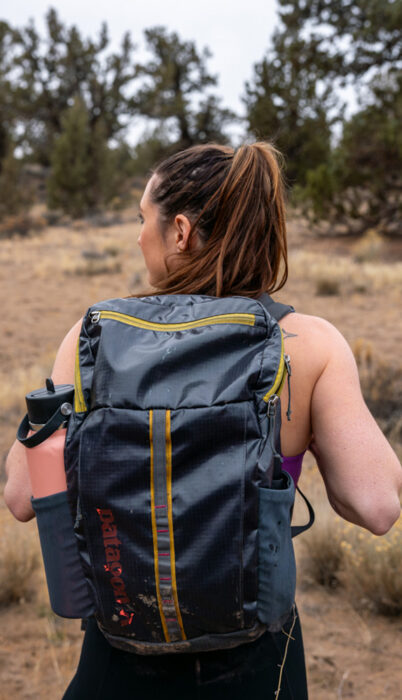
November 17, 2023
5 minute read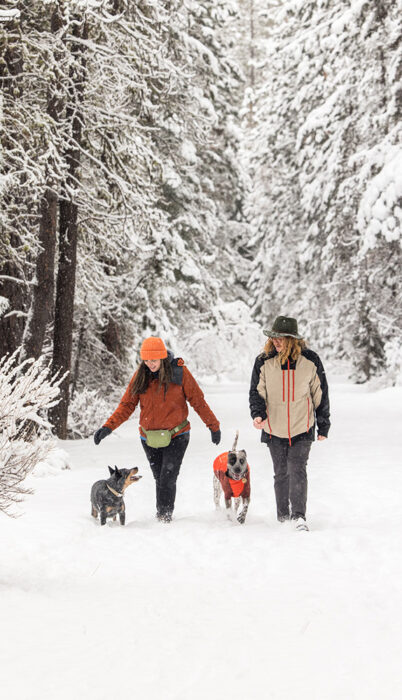
November 9, 2023
9 minute read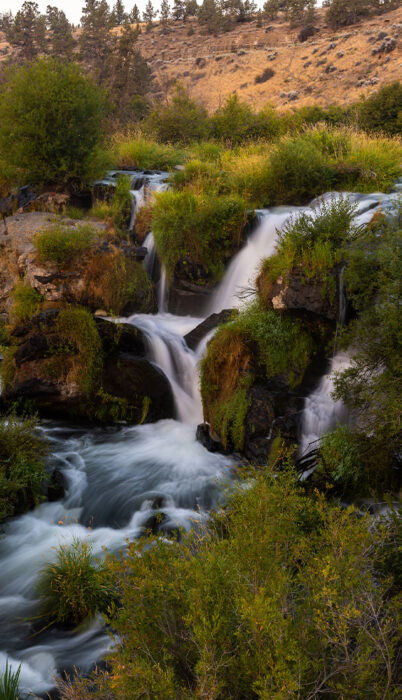
September 21, 2023
12 minute read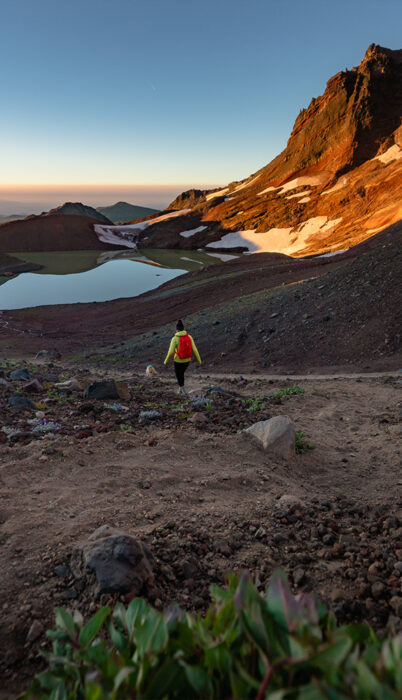
September 12, 2023
13 minute read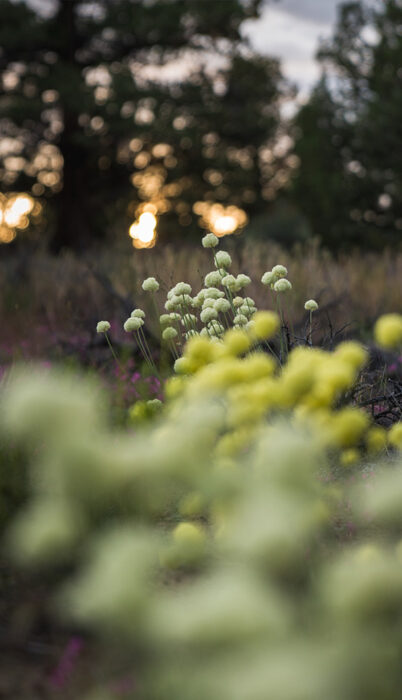
September 8, 2023
6 minute read